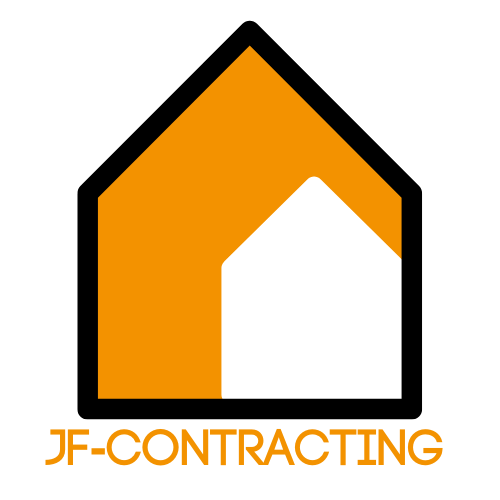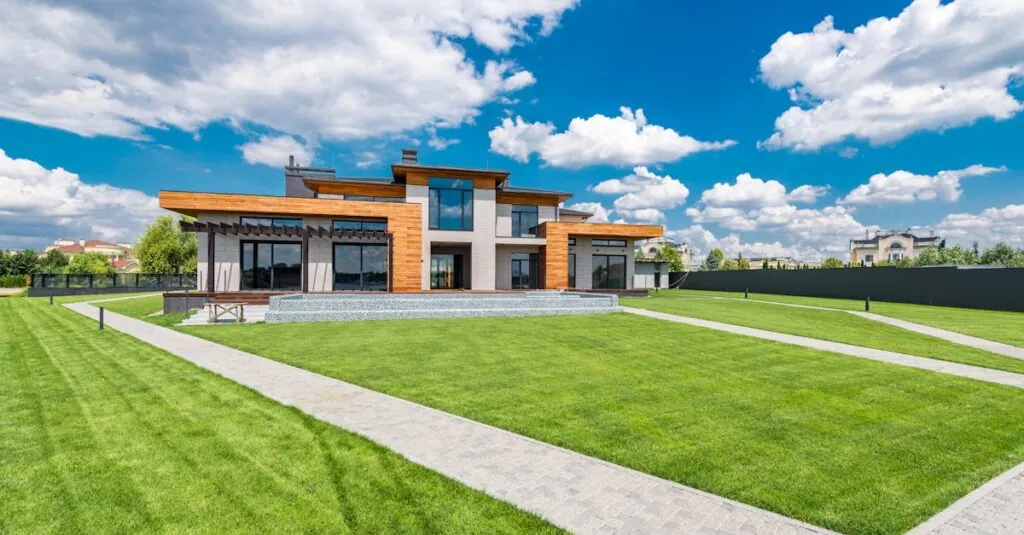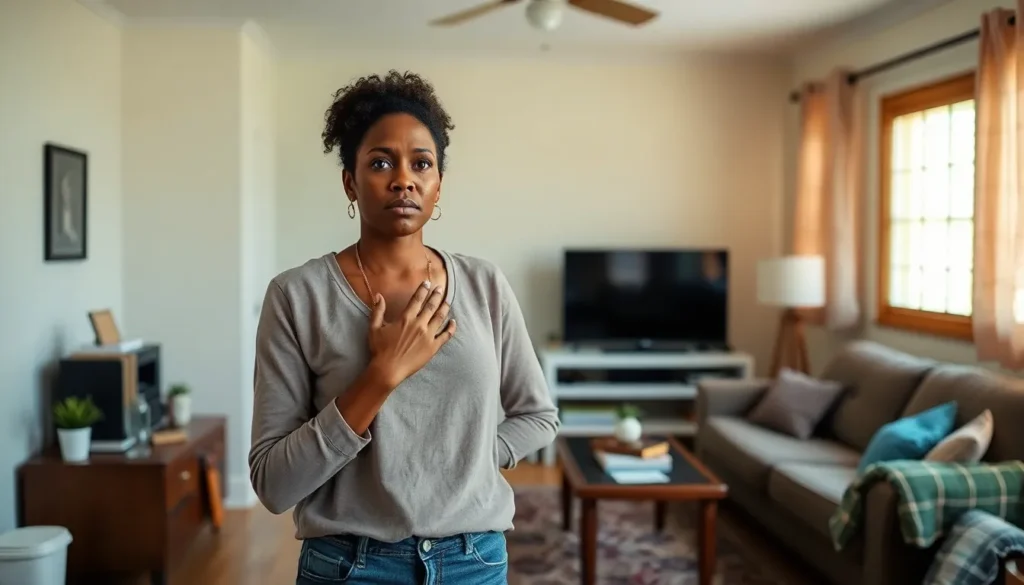In the world of real estate, first impressions matter more than a well-placed potted plant. Stunning photos can turn casual browsers into eager buyers faster than you can say “open house.” But capturing the essence of a property isn’t just about pointing and shooting; it’s an art form that requires a sprinkle of technique and a dash of creativity.
Understanding Real Estate Photography
High-quality imagery captures a property’s essence, making a strong impression on potential buyers. Effective real estate photography combines technique with creativity to showcase homes attractively.
Importance of Quality Images
Quality images enhance online listings, significantly affecting buyer interest. Listings with high-resolution photos receive 118% more online views than those with lower quality images. Stunning visuals draw attention, prompting potential buyers to explore further. Professional photography also conveys a sense of trust and reliability, reinforcing the seller’s credibility. A well-staged home combined with quality images sets a mindset of desirability, influencing potential buyers’ perceptions and decisions.
Common Mistakes to Avoid
Photographers often overlook proper lighting, resulting in dull, uninviting images. It’s crucial to utilize natural light effectively, which enhances the property’s features. Also, failing to declutter spaces can distract from the home’s appeal. Another mistake includes not showcasing unique selling points, which can diminish a property’s attractiveness. Inadequate editing and post-processing can lead to unprofessional-looking images that fail to engage viewers. Rushed shoots may omit critical angles, ultimately influencing potential buyers’ impressions.
Essential Gear for Real Estate Photography
Proper gear enhances the quality of real estate photography. Investing in the right equipment leads to better images and increased buyer engagement.
Camera Equipment
Select a camera that captures high-resolution images. Full-frame DSLRs or mirrorless cameras excel at producing detailed photos. Opt for a wide-angle lens, ideally between 10mm to 24mm, to capture spacious indoor scenes. Consider using a tripod for stability; this minimizes blurriness in images, especially in low-light situations. Remote shutter releases can prevent camera shake, ensuring sharp captures. Use these tools to effectively highlight a property’s best features, drawing potential buyers in.
Lighting Tools
Utilize external flash and softboxes to balance indoor lighting. Natural light often enhances home photos, but additional lighting tools prevent dark spots. When shooting, keep lamps and overhead lights on to create a warm environment. Invest in reflectors to redirect and amplify existing light, illuminating areas that lack natural brightness. Many photographers use LED panels for consistent and adjustable lighting. These tools maintain quality across various conditions, showcasing properties in their best light.
Composition Techniques for Stunning Shots
Effective composition techniques are essential for capturing stunning real estate images. Applying these techniques enhances visual appeal and attracts potential buyers.
Rule of Thirds
Using the rule of thirds creates balanced images by dividing the frame into a 3×3 grid. Placing key elements along these lines or at their intersections draws the viewer’s eye naturally. For example, positioning furniture or a focal point near these intersections strengthens the composition. This method encourages a more engaging visual narrative, making spaces feel more inviting. Photographers must remember to experiment with this technique to maximize impact and highlight property features effectively.
Leading Lines
Employing leading lines guides the viewer’s eye through an image, creating a sense of depth. These lines can come from elements like pathways, railings, or architectural features. For instance, a long hallway or staircase leads the viewer into the photograph, establishing a connection with the space. Integrating these lines emphasizes the property’s layout and makes the photo feel more dynamic. Photographers should actively seek out these lines in various environments to enhance the storytelling aspect of their images.
Post-Processing Tips
Post-processing plays an essential role in real estate photography. It maximizes the visual impact of property images, enhancing their appeal to potential buyers.
Editing Software Recommendations
Use software that fits various skill levels and needs. Adobe Lightroom offers advanced features for detailed editing and batch processing. Photoshop complements Lightroom, enabling more intricate adjustments like object removal or sky replacement. For those on a budget, GIMP and Paint.NET provide powerful tools without cost. Smartphone users benefit from apps such as Snapseed that allow for quick edits on the go. Opt for software that enhances creativity while keeping the process efficient.
Enhancing Colors and Brightness
Light adjustments greatly improve photo vibrancy. Adjust exposure to ensure brightness highlights the property’s best features. Utilize contrast settings to create a sharp distinction between dark and light areas, enhancing depth. Color saturation adjustments can make hues more appealing but should remain natural. Correcting white balance ensures that colors appear true to life, avoiding unwanted color casts. Additionally, enhancing shadows can reveal details in darker spaces, showcasing the property fully. Every adjustment aims to better reflect the property’s charm and allure.
Marketing Your Real Estate Photography
Effective marketing strategies elevate real estate photography. Implementing targeted techniques helps attract potential clients and showcases visual skills.
Social Media Strategies
Utilizing social media platforms maximizes exposure for real estate photography. Platforms like Instagram and Facebook offer an ideal space for sharing stunning property images. Engaging content, including before-and-after edits or client testimonials, captures interest. Consistent posting schedules keep the audience engaged and informed. Using relevant hashtags boosts visibility, connecting with local buyers and real estate agents. Tracking engagement metrics provides insights into which content resonates most. This data informs future posts, enhancing overall marketing strategies.
Collaborating with Real Estate Agents
Networking with real estate agents creates growth opportunities for photographers. Agents often require high-quality images for listings and promotional materials. Building strong relationships leads to referrals and repeat business. Offering exclusive packages or discounts can incentivize agents to partner. Transparent communication about project timelines and expectations is vital. Photographers can present their portfolios to demonstrate capability and style, ensuring a good match with agents. Regular follow-ups help maintain these connections, positioning photographers as preferred partners in the industry.
Mastering real estate photography is essential for anyone looking to make a lasting impression in the competitive market. By focusing on quality images and employing effective techniques, photographers can elevate a property’s appeal and attract more potential buyers. Investing in the right gear and understanding composition can significantly enhance the visual storytelling of each space.
Additionally, post-processing plays a crucial role in showcasing properties at their best. With the right marketing strategies in place, including leveraging social media and building strong relationships with real estate agents, photographers can ensure their work reaches a wider audience. Ultimately, exceptional real estate photography not only highlights the unique features of a property but also builds trust and credibility with clients.










